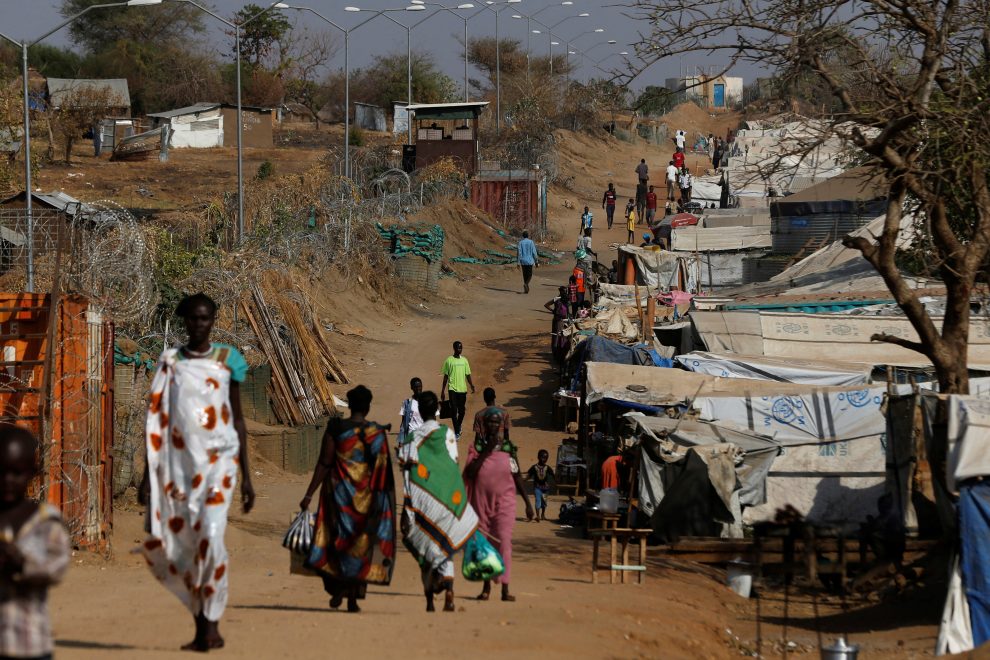By Payce Madden
On January 11, the Africa Growth Initiative at Brookings released its annual Foresight Africa publication, focusing on six key priorities for the region in 2019. The fourth chapter, Fixing fragility: The role of the private sector and local institutions, discusses the distribution of extreme poverty and state fragility in Africa, and argues for institutional changes and new approaches to eliminate poverty and fragility so no country is left behind.
In his essay, Dr. Jim Yong Kim, president of the World Bank Group, discusses the challenges of fragility, conflict, and violence on the continent. The share of global poor living in fragile and conflict-affected countries has increased from 14 percent in 2008 to 23 percent in 2015, and is likely to continue increasing in the next decades. To address these issues, he advocates for solutions based in private sector development and for developing a more tailored approach to maximize impact in Africa’s most fragile areas. This includes a focus on prevention and risk mitigation, building trust between citizens and the state, supporting refugees and their host countries, and strengthening partnerships with security, development, humanitarian, and private sector organizations.
Figure 4.5 shows that addressing fragility will be crucial for the future of Africa, as some of the most fragile states today are at risk of having the highest percentages and absolute numbers of people living in extreme poverty—at less than $1.90 per day—in 2030. The figure shows a clear connection between conflict, displacement, and poverty. Conflict-affected South Sudan, Burundi, the Democratic Republic of the Congo (DRC), and Somalia are among the countries with the highest expected extreme poverty rates by 2030.
Importantly, the figure also shows that 50 percent of Nigeria’s population and 63 percent of the DRC’s population are projected to be living in extreme poverty by 2030. As shown in Figure 4.4, these two countries combined will account for 40 percent of the world’s extremely poor by 2030, at which time 87 percent of the world’s extremely poor will reside in sub-Saharan Africa. In his essay in this chapter, Paul Collier acknowledges these challenges, and emphasizes the importance of national sovereignty and domestic policy solutions in addressing them. He suggests that governments first enact relatively simple, quick changes which result in visible improvements to build confidence and legitimacy, and then develop a medium-term agenda for job generation. He also recognizes the opportunity presented during crises and changes of leadership in fragile states, which create pivotal moments where change is possible. Seizing on these moments provides one way that African countries, with the support of the international community, can escape the fragility trap and reduce poverty rates.
This content was originally published here.
EL 2 DE JUNIO DEL 2024 VOTA PARA MANTENER
TU LIBERTAD, LA DEMOCRACIA Y EL RESPETO A LA CONSTITUCIÓN.
VOTA POR XÓCHITL












